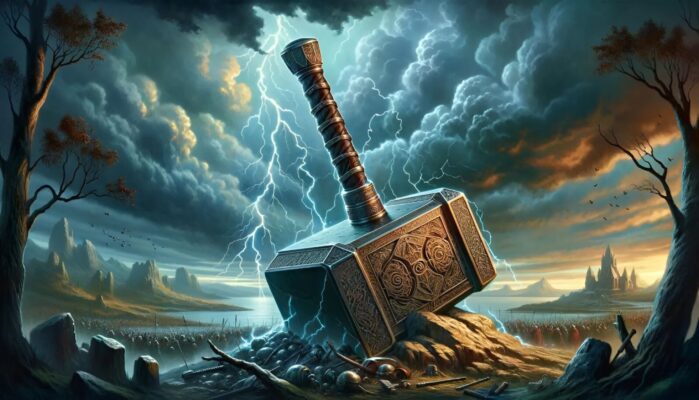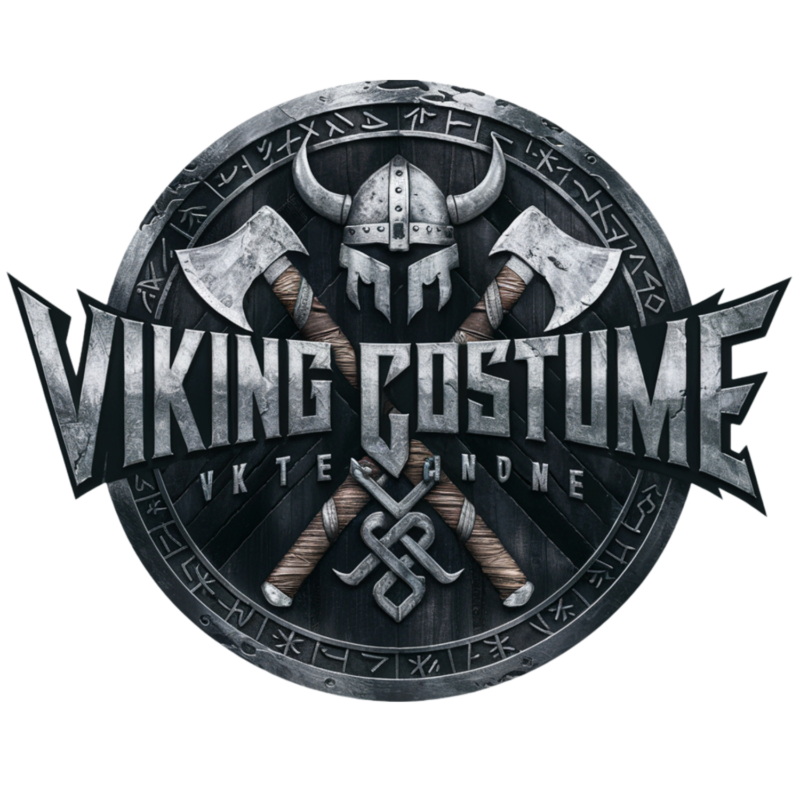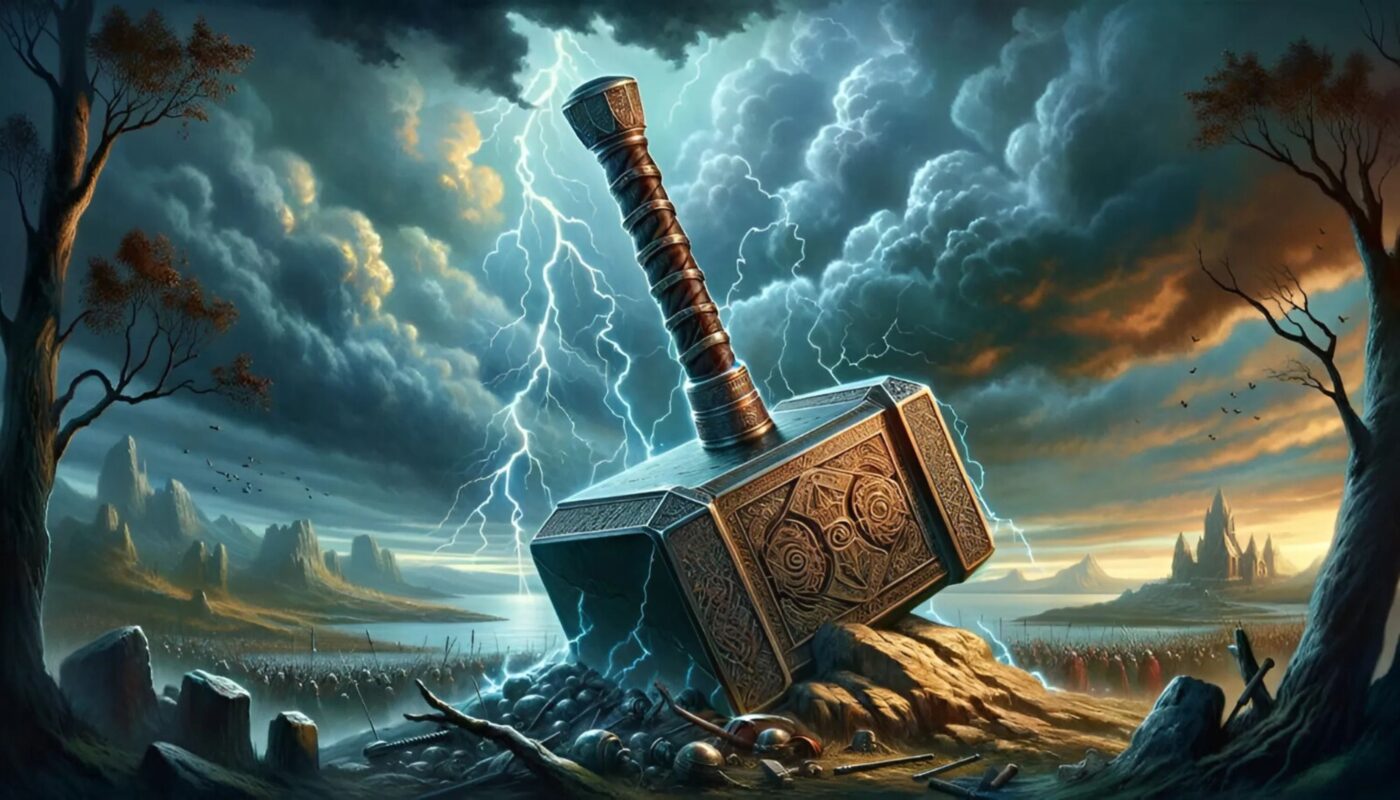Blog, Viking History & Mythology
What Is Thor’s Mjolnir Symbol?
What Is Thor’s Mjolnir Symbol?
The hammer Mjolnir, often refMjolnir – Thor’s Hammer, is what is a Mjolnir
The story of Mjolnir begins in the heart of Norse mythology, where it was forged by the dwarven brothers Sindri and Brokkr. These legendary craftsmen were tasked with creating powerful gifts for the gods. Loki, the mischievous trickster god, played a pivotal role in the hammer’s creation. After cutting off Sif’s golden hair—Thor’s wife—as a prank, Loki sought to redeem himself by commissioning the dwarves to create a weapon worthy of Thor. Despite Loki’s interference during the forging process, which led to the hammer’s shortened handle, Mjolnir became an unmatched weapon. It was said to summon thunder and lightning, crush mountains, and vanquish giants, serving as Thor’s ultimate tool to maintain order in the cosmos.
Beyond its destructive capabilities, Mjolnir Thor’s Hammer was a deeply sacred object. It symbolized Thor’s dual role as both a warrior and a protector, safeguarding gods and humans alike. The hammer was also central to many Norse rituals, used to consecrate marriages, bless births, and sanctify funerals. This duality—destruction and sanctification—made Mjolnir a cornerstone of Viking spirituality, representing not only power but also the interconnectedness of life and death.

During the Viking Age, Mjolnir transcended mythology to become a widely recognized cultural artifact. Vikings wore Mjolnir pendants as amulets to invoke Thor’s protection. These pendants were crafted from materials like iron, bronze, or silver, showcasing the artistry of Viking craftsmen. They were not merely decorative but carried profound spiritual significance. Wearing a hammer Mjolnir symbolized resilience and faith, serving as both a personal talisman and a statement of identity. This was especially important during the Christianization of Scandinavia, as Mjolnir became a quiet yet powerful symbol of resistance against religious conversion.
The popularity of Mjolnir – Thor’s Hammer has endured through the ages. Today, it is celebrated not only as a mythological artifact but also as a modern cultural icon. Thanks to its depiction in movies, comic books, and other media, Mjolnir has captured the imagination of audiences worldwide. For many, it represents heroism, strength, and the triumph of good over evil. It has also found a prominent place in contemporary jewelry, tattoos, and decorative art. Modern artisans often blend historical designs with contemporary aesthetics to create pieces that honor the legacy of Mjolnir while appealing to modern tastes.
The enduring appeal of Mjolnir Thor’s Hammer lies in its universal symbolism. It reflects the strength to overcome challenges, the importance of protecting one’s community, and the belief in a higher power guiding us through life’s struggles. These values resonate as strongly today as they did during the Viking Age. Wearing or displaying Mjolnir is more than a nod to Norse mythology—it is a way to connect with the past, celebrate resilience, and embrace the timeless spirit of the Vikings.
Mjolnir’s artistry further enhances its mystique. Historical pendants were often adorned with runes and intricate knotwork, reflecting the creativity and cultural pride of the Vikings. These designs were not only beautiful but also imbued with symbolic meaning, making each piece a unique blend of art and spirituality. Modern Mjolnir jewelry continues this tradition, offering pieces that appeal to both history enthusiasts and those drawn to the hammer’s symbolic power. Whether crafted from silver, bronze, or other materials, these accessories remain a popular way to honor Viking heritage.
From its mythical origins to its role in Viking society and its continued relevance today, Thor’s Mjolnir symbol embodies the strength, protection, and spirituality that defined Norse culture. It serves as a reminder of the resilience and courage that characterized the Vikings, inspiring people around the world to connect with their legacy. Whether as a historical artifact, a cultural emblem, or a personal talisman, Mjolnir stands as a timeless icon of power and protection

